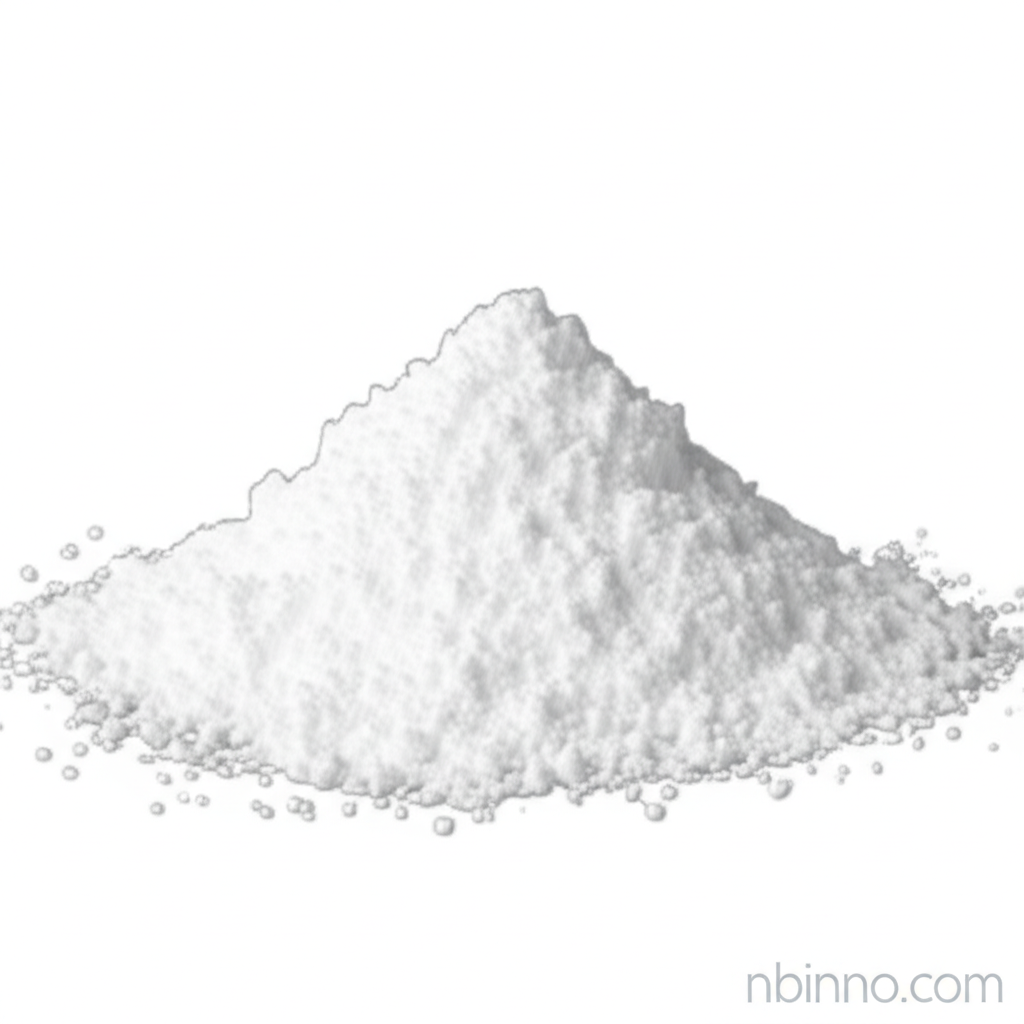Unlocking the Potential: Hydroxypropyl Cellulose as a Versatile Chemical Auxiliary Agent
Discover the essential role of Hydroxypropyl Cellulose in enhancing materials across diverse industries.
Get a Quote & SampleProduct Core Value

Hydroxypropyl Cellulose
Hydroxypropyl Cellulose (HPC) is a vital chemical auxiliary agent renowned for its ability to significantly improve the performance and properties of a wide array of materials. Its application spectrum spans from enhancing construction materials to serving critical roles in pharmaceuticals and other industrial sectors.
- Utilizing HPMC as a chemical auxiliary agent in construction materials leads to improved workability and water retention.
- The benefits of HPMC in building materials include enhanced adhesion and extended open times for applications like tile adhesives.
- Explore the diverse uses of Hydroxypropyl Cellulose in mortar for improved plasticity and crack prevention.
- Discover the pharmaceutical grade HPMC uses, highlighting its role as an excipient and its applications in ophthalmic solutions.
Advantages Provided by the Product
Enhanced Material Performance
HPMC acts as a key ingredient in construction, improving the plasticity and water-holding capacity of mortars, which contributes to preventing cracks and enhancing the overall strength of cement-based products.
Versatile Industrial Applications
Beyond construction, HPMC serves as a thickener, emulsifier, film-former, binder, and dispersing agent across industries like paints, cosmetics, and detergents, showcasing its broad utility.
Pharmaceutical and Ophthalmic Use
In the pharmaceutical sector, HPMC is valued for its use as an excipient and in ophthalmic preparations, demonstrating its safety and efficacy in sensitive applications.
Key Applications
Construction Industry
Essential for improving workability, water retention, and adhesion in tile adhesives, mortars, plasters, and joint cements, contributing to more durable and easily applied building materials.
Paints and Coatings
Functions as a plasticizer and thickener in latex paints, enhancing application performance, reducing sagging, and improving the overall finish and durability of coatings.
Pharmaceuticals
Used as a binder, coating agent, and controlled-release matrix in tablets, as well as an active component in ophthalmic solutions for dry eye relief.
Daily Chemicals
Incorporated into products like frost agents and shampoos, where it can act as a thickener or stabilizer, improving product texture and stability.
Related Technical Articles & Resources
Why Choose Us?
Leverage our expertise and state-of-the-art infrastructure to accelerate your journey from discovery to commercial success.
Global Experience
With 20 years of R&D, manufacturing, and sales experience, we proudly serve clients across 60 countries and regions worldwide.
Advanced Facilities
Our in-house R&D laboratory, pilot platform, and large-scale production workshop are equipped to meet the audit requirements of global customers.
Seamless Scalability
We facilitate a perfect transition from small-scale lab requirements (grams) to full commercialization (hundreds of tons).
